An elevator is an open or enclosed platform that transports people or freight to higher floors of a structure. Elevators are a necessary component of every tall commercial or residential design. Since the passage of the Americans with Disabilities Act in 1990, many two- and three-story buildings have been compelled to have elevators.
How are these Machines Designed?
Elevators are simple machines with basic lifting systems that last evolved over 50 years ago. However, control systems have evolved significantly to increase safety and speed of operation. Elevators are constructed for a given building, considering the structure’s height, the number of people commuting to each floor, and peak usage periods.
Most elevators use counterweights equal to the elevator’s weight plus 40% of its maximum rated load. This counterweight decreases the weight the motor must lift and ensures that the elevator does not lose control while the cable is still attached.
A second governor cable connects the car to a governor pulley, then to a tension pulley at the bottom elevator shaft and back to the car. This cable rotates the governor pulley at a rate proportional to the car’s speed. The governor uses another cable to engage the emergency brake jaws, which hold the guide rails and slow the automobile down.
A ramped bar on the elevator shaft activates a sequence of switches outside the car, slowing and stopping it at the appropriate floor. The ramp engages the slow-down switch as the vehicle approaches the chosen floor, signaling the hoist motor to slow down. The ramp activates a limit switch to halt the car when aligned with the outer door opening. Suppose the door interlock switches detect that the vehicle is in the correct location. In that case, the electric door opening motor is triggered, allowing both the inner and outer floor doors to be opened.
The Manufacturing Methodology
- Elevator cars are constructed at the elevator manufacturer’s facility using regular metal cutting, welding, and forming procedures. If the automobiles are exposed to the elements while the building is being built, the interior trim may be placed after the installation is completed.
- The rest of the elevator is put together on the job site. The elevator shaft is included in the building design and grows as the structure is built. The shaft walls are made of concrete, and the straightness and other measurements of the shaft are meticulously inspected as each story is added.
- After the shaft walls are complete but before the roof is installed, guide rails, switch ramps, service ladders, and other similar support equipment are bolted into the shaft.
- A crane elevates the counterweight to the top of the building and lowers it into the shaft along its rails while the shaft is still open at the top. The crane lifts the elevator vehicle and partially inserts it into the shaft. The guide wheels attach the car to the guide rails, carefully lowered to the shaft’s bottom.
- The shaft is then covered with a roof, leaving a machine room above it. This compartment houses the hoist motor, governor, controller, and other equipment, with the engine immediately over the elevator car pulley.
- The elevator and governor cables have been strung and attached, the electrical connections have been finished, and the controller has been programmed.
Quality Assurance
Every elevator installation in the United States must meet the American National Criteria Institute and the American Society of Mechanical Engineers’ safety standards. These criteria may be included in municipal construction codes, or they may be contained in local ordinances. Each passenger elevator installation must be inspected, rated, and certified before it can be used, and it must be inspected regularly after that.
Future & Conclusion
The Future Elevators have primarily remained the same for many years and are likely to change very soon. Electronic controls will continue to develop in incremental and non-dramatic ways. Connect with Hub Elevators, Pakistan’s leading elevator company.

